12+ Brilliant Ways People Caught Liars Red-Handed

Looking for something slimy? Well, many people tend to believe that snails are just slugs with shells, but even though they look so similar, they’re completely different species.
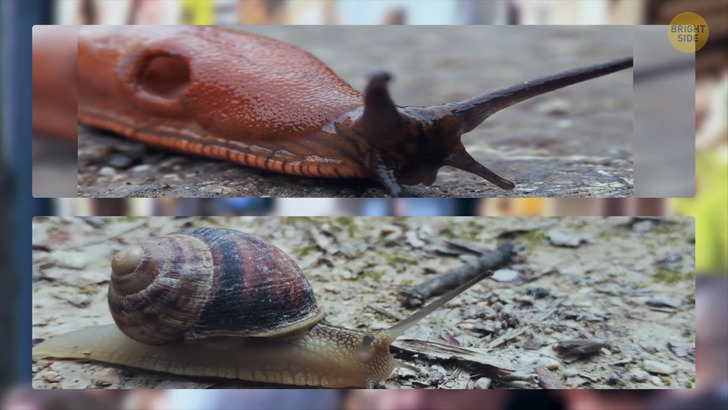
Slugs don’t need any protective shells as all their internal organs are, well, internal — inside their slimy bodies. They can squish themselves and get into hard-to-reach places, which is why slugs can often be found in the most unlikely spaces, like under tree bark or inside tiny crevices, or at the library pretending to study for exams. Snails, on the other hand, are tightly connected with their shells and can’t survive without one.
Unlike hermit crabs, which replace their shells as they grow, snails are born with a shell on their back. Baby snails look adorable with those fragile translucent bubbles that calcify and become bigger and tougher with age. Cute. Many of the snails’ internal organs are inside the shell too, meaning if it gets crushed or damaged, the animal would probably not survive. Still, a snail can repair small scratches and cracks in the shell with the help of proteins and calcium secreted by its mantle.
Turtles are very close to snails in this regard, by the way, because, contrary to the common myth, they can’t leave their shell at a whim either. A turtle’s shell is an integral part of its body, and despite the reptile being able to hide its head and paws inside to protect itself from predators, its skeleton is fused with the hard shell. And just like any other animal’s skeleton, it grows with the turtle itself.
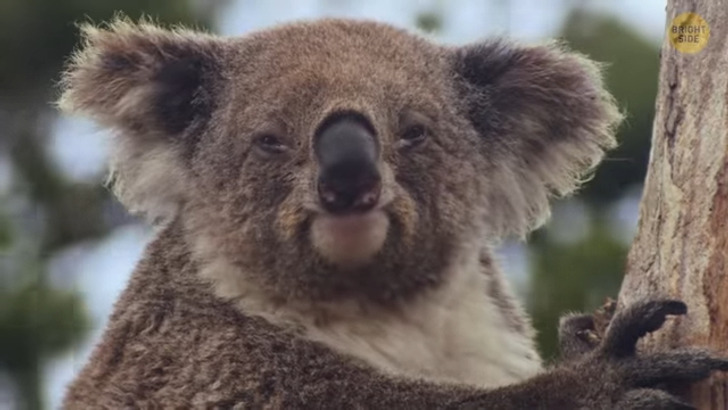
Koalas do only eat eucalyptus leaves, but there are over 600 different kinds of those. And koalas only munch on 30! Or just 5% of what’s available on the menu. So it has to be a very specific eucalyptus tree to make a good meal for a picky koala. These adorable creatures also have something in common with domestic cats: they sleep for 18–20 hours a day.
Polar bears aren’t at all white. Their skin is black under the fur. They need white color to disguise themselves while on the hunt. The color black absorbs the sun better than any other, while white fur doesn’t stop sunlight. Rays pass right through it. In a sense, a polar bear has transparent fur.
There’s a myth that cats and dogs see the world in black and white. In reality, they just can’t distinguish some colors. Nobody knows how exactly dogs see. Some think they only distinguish two colors. Could be blue and yellow, for all we know. But they can see shades of other colors better than people! And cats have wonderful night vision. They need about 7 times less light than a human to see in the dark.
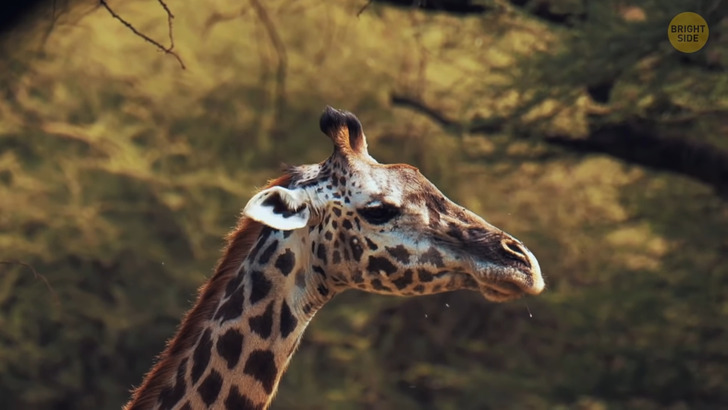
Giraffes were thought to be mute. But recently, it’s been found that they make low-frequency sounds at night to communicate with each other. During the day, they don’t say a word and warn each other of danger in a very unusual way: by moving their well-developed eyebrows. It’s likely that at night it’s difficult to see the eyebrows, so they start talking for real.
While we’re on the topic of giraffes, these animals sleep much more than 30 minutes a day — but probably not as much as you do. Their sleeping pattern is quite typical. After researchers monitored a herd of giraffes, they found out they slept at night and took short naps in the afternoon. In total, each giraffe had around 5 hours of sleep every day. And by the way, a herd of these guys is actually known as a “tower” of giraffes. Makes sense with the long necks.
Seagulls can drink saltwater. There are salt-secreting glands near their eyes. These glands purify seawater very quickly. And the salty residue comes out through the nostrils. Yep, you guess it. Salty snot.
The Adélie penguins are real romantics. They have only one partner for life. The male must give a smooth stone to the female to create a family. You could say that’s kind of an engagement ring. Like humans, though, a female penguin may refuse and not accept the gift. Hmm!
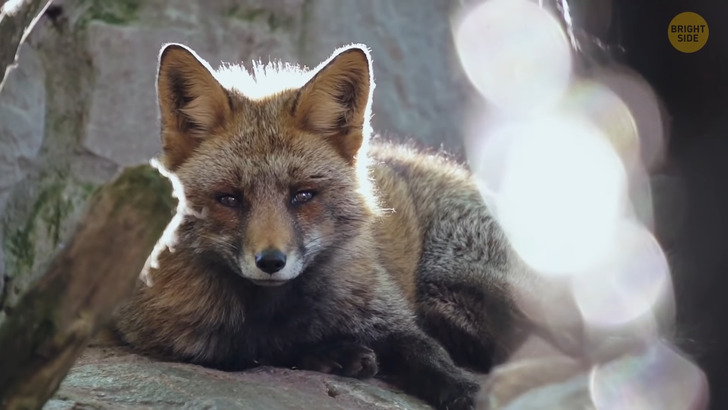
Speaking of animal love, foxes are romantic too. Male foxes are good fathers and husbands. They are devoted to their loved ones for life. They look after the females and even pick out fleas from their fur. Male foxes improve their hole-houses and take an active part in their babies’ upbringing.
Dolphins can sleep with one eye closed and the other one open. Half of the brain dreams and rests, and the second half closely monitors the environment for signs of danger. The perfect brain for sleeping during boring classes and meetings. Hey, I didn’t say that. Besides, dolphins manually control their breathing. They can simply drown if their whole brain is sleeping.
Sea otters are the cutest sleepers among all animals. In summer, because of the heat, sea otters spend all the time in water. They swim on their backs and sleep in that position. The babies are sleeping on their mother’s stomach. And two adults hold each other by the paws so that they’re not carried apart by water currents.
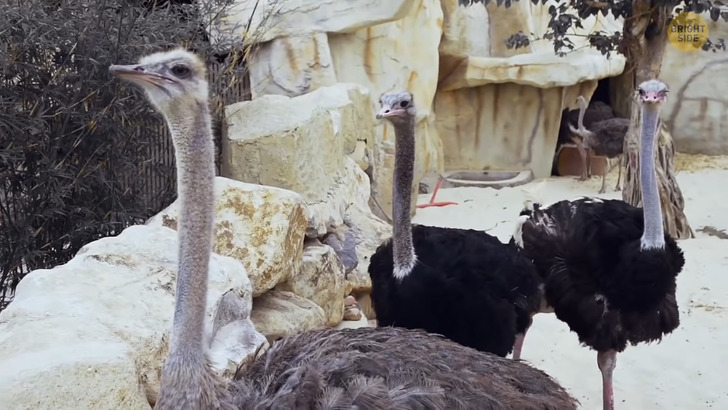
Ostriches don’t stick their heads in the sand when threatened. In fact, these guys don’t bury their heads at all. This myth has spread thanks to that famous idiom — “to hide one’s head in the sand.” In real life, ostriches have to dig holes in the sand for their eggs because they’re flightless birds. To make sure they’re evenly heated, ostriches put their heads in there to rotate the eggs from time to time. But ostriches still have some escaping mentality. When they face some threat, they can flop to the sand and stay perfectly still, pretending they aren’t alive.
According to a popular misbelief, sharks can breathe only while moving because swimming helps them push water over their gills. Although many kinds of sharks are designed this way, many others — like bottom-dwelling nurse sharks — don’t need swimming to pump oxygen-rich water over their gills. Meanwhile, all sharks do lack swim bladders. So, if they stop swimming, they’ll probably sink to the bottom. But luckily, a shark’s body can’t be compressed. That’s why rapid descents or ascents are safe for them.
Scientists from Japan played audio recordings for cats to prove they’re truly dismissive. In those recordings, the owners of the cats called them by their names. Cats’ pupils dilated, the animals moved their tails, legs, or ears. Cats heard people, but rarely responded. It’s all about evolution — cats came to people because they were attracted by mice that ate grains. They lived close to people, but were never tamed. And yet, we keep feeding them.
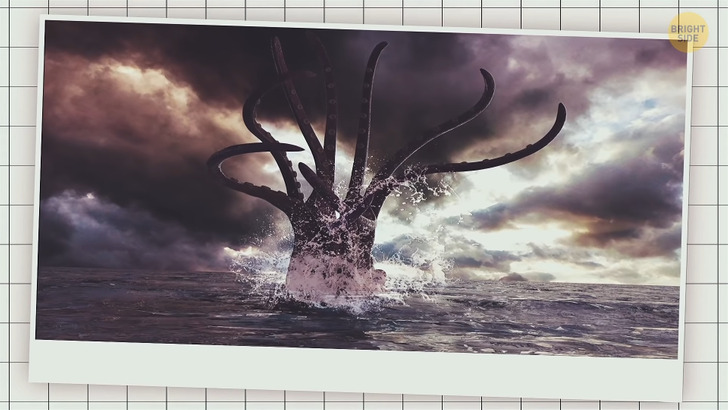
Birds are actually the only surviving dinosaurs. They evolved from theropods, the dinosaurs that ran on two legs. Yep, T. rex is a distant relative of chickens, ostriches, and even hummingbirds. In reality, flamingos are white. The bird turns pink due to beta-carotene. This pigment is found in the algae and the shrimp that it feeds on. You can change your skin color too. If you eat a lot of carrots, your skin will turn slightly orange. This will happen because of the high beta-carotene content in the vegetable.
Sailors from all over the world talked about the giant squid they met on their voyages. For many years, scientists considered monsters with long tentacles to be a myth. But in 2004, the first photo of a giant squid was taken. They actually exist. Scientists have registered an animal that has grown to 43 ft.
Mosquitoes actually bite some people more than others. The most delicious humans are those with type O blood. Also, these insects have really good eyesight. They’re attracted by green, black, and red colors, so check the color of your clothes before you go camping!
You can actually put a shark in a trance for 15 minutes. To do this, you need to stroke the nose of a dangerous animal with your hand. This sort of hypnosis is called tonic immobility that happens thanks to the receptors in the shark’s nose. When stroked, the receptors send a lot of signals, and the shark’s brain is unable to process them all. What it doesn’t say here, is exactly how you get close enough to a shark to rub its nose. I’d say that’s important information, don’t you think?
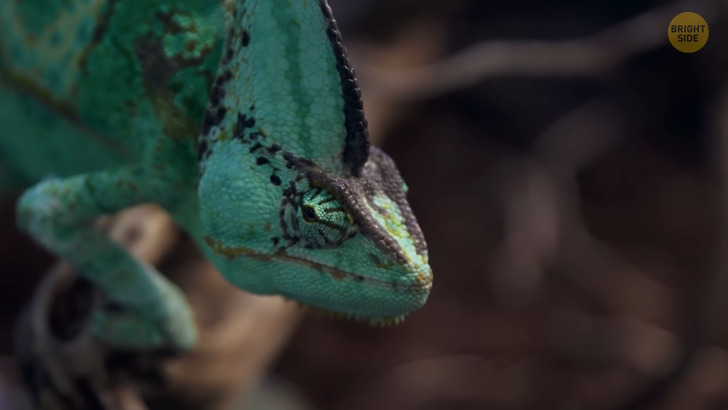
Elephants aren’t afraid of mice per se. But these massive animals have bad vision. They also move fairly slowly. That’s why they can get startled by a bird or a small creature (like a mouse) darting past them. Just the element of surprise, nothing more.
The chameleon can change its color. But this creature doesn’t do it to camouflage itself. The color change helps the animal regulate its temperature and communicate with peers.
When most dogs pant, their tongues hang out of their mouths. That’s why many people think that’s how they sweat. In reality, dogs’ sweat glands are located on their paw pads. Plus, there are other sweat glands all over their bodies. Dogs pant to evaporate moisture from their nasal passages, tongues, and the lining of their lungs. This also helps to cool them down.
You might leave wasps alone, but don’t be so sure they’ll do the same. Bees DO respect human boundaries, and if you don’t bother them, they won’t hurt you. But wasps are so bad-tempered they can sting you even if you’re just walking by their nest. Well, phooey on them!











